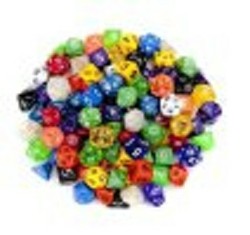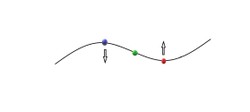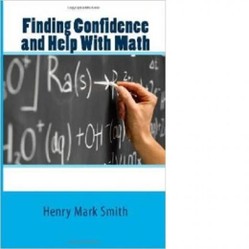Simply put, the probability of something occurring is the number of favorable occurrences, called events in formal mathematics, divided by the total number of possible occurrences, provided all occurrences are equally likely. It is that equally likely part you must pay attention to.
A simple case is to roll a numbered, six-sided die, and ask the probability of a side coming up. Well, the probability of the side numbered one coming up is one-sixth, there is only one favorable side, divided by six, there are six sides. If you ask the probability any other number will come up the answer will still be one divided by six, since no matter which number you ask about it is only on one side. You would write 1/6.
Now let’s ask what is he probability an even number comes up when the same die is rolled. There are now three favorable outcomes, the two, four, or six coming up, and still six total possible outcomes, so the answer is three divided by six. You would write 3/6, or 1/2.
So, the first thing you must do is count. Count the favorable outcomes and count the total outcomes.
Remember, the probability cannot be less than zero, nor greater than one. If something cannot happen, such as a seven come up with the same numbered die being rolled, there are zero favorable outcomes. Zero divided by six is still zero. On the other hand, the probability of a number from one through six, inclusive, coming up is six divided by six, or one. At least one of the numbers must come up. If something must happen, the probability is one.
Now this does not look difficult, does it?








 Polar Coordinate System1 day ago
Polar Coordinate System1 day ago
 Aurora Can Disrupt Electrical Devices And Even the Grid?3 days ago
Aurora Can Disrupt Electrical Devices And Even the Grid?3 days ago
 Overcoming Difficulties Encountered with Mathematics3 days ago
Overcoming Difficulties Encountered with Mathematics3 days ago
 Christmas on Zazzleon 10/21/2025
Christmas on Zazzleon 10/21/2025



Comments
Happy to have the visit.
It's always good to have an article explaining math concepts in a simple way. Thanks.